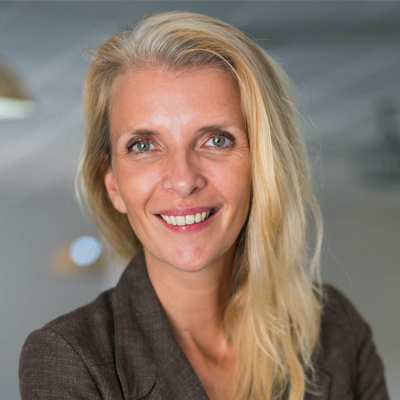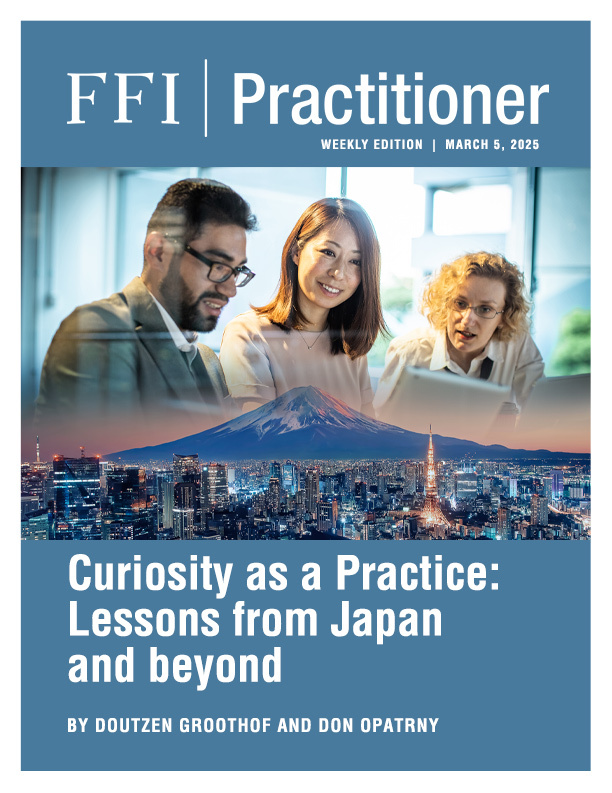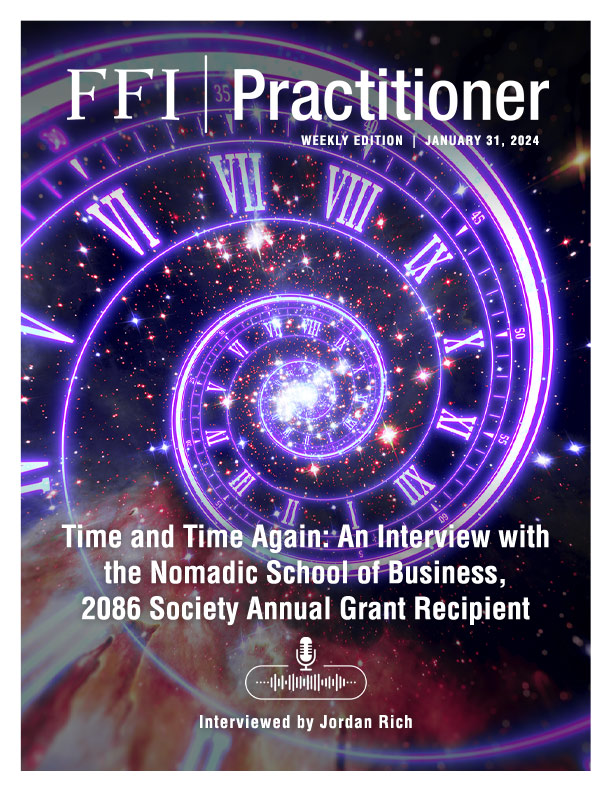
Encountering a Culture of Continuity
Part of the motivation to embark on this journey was knowledge of the rich history of continuity in family firms throughout Japan—where numerous family businesses have remained actively owned and managed by family members for more than twenty generations. During our trip, we sought to discover the prominent factors that contribute to the enduring continuity of these family businesses.
These observations offered us food for thought regarding family enterprise advising. Just as Japanese families navigate tensions between tradition and innovation, advisors often find themselves navigating a path through honoring family legacies, making space for new ideas, and supporting the diverse ambitions and individual growth for rising generation family members.

Curiosity as a Bridge across Differences
One of the most profound lessons from the trip was the power of curiosity to build connection across differences. In this unfamiliar culture (for us), we were reminded constantly that curiosity is not a passive act; it’s an intentional practice of seeking to understand without judgment. From trying unfamiliar foods with unrecognizable textures to navigating cultural norms in public places while challenged by language barriers, we found that approaching these experiences with intentional openness often created unexpected moments of connection.
For advisors, this mindset can be transformative. Families are, in a sense, their own unique cultures, unfamiliar to outsiders, with unspoken rules, carefully calibrated relational patterns, shared histories, and deeply held values. When practitioners are curious—asking thoughtful questions, listening deeply, and remaining open to the unexpected—they create space for family members to share their own perspectives without defensiveness, deepening their own insights, while feeling heard in the process.
Sidebar
Interviewed by Jordan Rich
Authentic Expression: The Companion of Curiosity
Curiosity alone, however, is not enough. Authentic expression—the willingness to bring one’s whole self into a conversation—is its powerful companion. One specific example from the trip illustrates this exchange of trust, curiosity, and growth within relationships. In Tokyo, Don’s son confidently stepped up to lead the family to a destination he was keen to explore, forty-five minutes away by public transport—including several train changes. This shift in roles—a younger generation taking charge while the older generation was anxious—showed a dynamic often seen in family enterprises during transitions of leadership, requiring the mutual expression of truth, trust, and openness. Communicating both the enthusiasm for the adventure and the anxiety about how to navigate its complications allowed for a process of giving away control while opening up to curiosity about what might be possible. By engaging in all of this with genuineness and compassion for both sides, we all experienced something new.
For advisors, authentic expression means showing up with honesty and humility. It’s about being present not as an expert with the answers and solutions, but as a human being seeking to engage deeply and learn—like a traveler in a foreign country. Such authenticity builds the trust and courage needed to remain present with the unexpected and the uncomfortable. As advisors/practitioners, we have witnessed the disarming power of presence so often—how it can relax or remove the invisible grip of what is unsaid and unacknowledged. To be able to offer this presence with curiosity in a moment of tension requires advisors to remain curious about and courageous with discomfort, and to “do the work” so that they can offer the fruits of this work in embodied presence with clients.

Practical Steps for Practitioners to Develop Curiosity in Their Practices
- Make Curiosity a New Habit: Notice anything that brings up a judgment and become curious about it. Take it as an opportunity for self-reflection.
- Listen Without an Agenda: Adopt a mindset of discovery instead of problem-solving. From focusing on solutions, move to exploring what the current situation is a solution for. This creates space to deepen insights for everyone involved, before moving into action.
- Model Vulnerability: Practitioners can share their own reflections or experiences when appropriate. This vulnerability can invite others to be authentic too.
- Embrace Differences: Approach family dynamics as though they are a new culture, with openness to learn and willingness to adapt. Every family’s culture, “rules,” and norms are unique and essential to understand in order to help the family navigate their challenges.
- Balance Curiosity with Respect: It is, of course, essential to honor boundaries and cultural norms within the family context.
Conclusion: The Art of Connection
The lessons from Japan—magic created through curiosity, openness, and authentic expression—offered us some powerful insights. Curiosity and openness are not just attitudes; they are a practice and, perhaps, an art—the art of navigating complex relationships through a way of being that can develop deeper connection, trust, and growth. For us as advisors, this journey reinforced the importance of curiosity and authentic expression as guiding principles for our work. By embracing these qualities in their own lives, practitioners can more skillfully create spaces where families feel seen, understood, and empowered to build shared futures.






